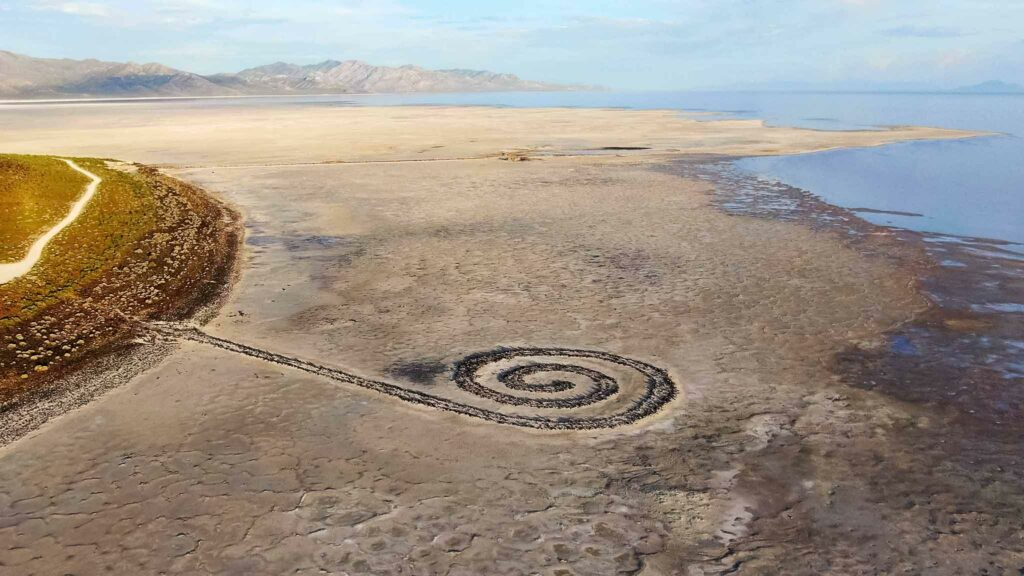I have never heard a nightingale in person. While reading about it’s song, I listened to a recording of the bird singing. While this is no replacement for hearing the nightingale in real life, I wanted to get an idea of it’s sound. I took away two main messages in regards to the Anthropocene from the passage (Chapter 3 of David Rothenberg’s Nightingales in Berlin: Searching for the Perfect Sound). First, the pauses and voids in the song of the nightingale mentioned by Rothenberg, along with what I heard over recording, really emphasize the importance and beauty of silence. In the Anthropocene, we are almost always exposed to human sounds. They permeate through our lives. Even when we are sleeping, the sounds of a distant road, the hum of a refrigerator, or of the very building we live in creaking in the wind always fill our ears with sound.
The first time I remember going deep inside a cave, I really realized the permanence of sound into our every waking moment. We all turned off our lights and sat motionless on the rocks of the cave in silence. The lack of light and sound was shocking. Other than the faint sound of dripping water every now and then, there was nothing. There is so little sensory input that when you wave your hand in front of your face, your brain tricks you into thinking you can see it, even though it would be completely impossible since there is an absolute absence of light. The pauses in the nightingale’s song remind me of this sensation. We live in a world so saturated by human activity that we don’t even notice. It is like living in a giant white noise machine that never turns off. It is vital that we recognize how much we have filled our world with pollution, and not just the garbage and carbon emissions we usually think of. We pollute the world around us with sound and light too.
This leads me to my second takeaway from the chapter. The sounds of nature are fundamentally different from the sounds of modern human activity. The mechanized sounds of the present day are distinctly monotone and abruptly dull. They are byproducts of our activity. This is why the nightingale’s song is so entrancing. It sounds pure and full of intent, yet we drown it out in our cities and cut down the forests in which it thrives. It is a perfect example of the Anthropocene. It demonstrates our tendency to destroy nature’s beauty as a byproduct of our unrelenting expansion, but the nightingale doesn’t seem to care. It returns to the trees in our cities and keeps on singing, even if we drown out it’s song.


